Overturned Tables
It is as true as it is banal to state that Jesus of Nazareth and his first followers were “Jewish.” As 1st-century residents of Roman Galilee, they surely saw themselves as ethnic descendants of biblical Israel, worshipped and brought sacrifices in the Temple in Jerusalem, and observed, in some fashion, the laws of the Torah. But Judaism didn’t always mean what it does now; both the term and the cluster of ideas, practices, and texts it points to have a history. Thus, despite his incontestable Jewishness, Jesus never participated in a Seder as the Mishnah describes it any more than he intended for Judeans to abandon biblical law for the worship of God’s only begotten son.
The study of the Jewishness of Jesus has a history as well. In the beginning, there was supersessionism, or rather an updated scholarly version of the old doctrine. In the 19th and early 20th centuries, European scholars, most of them Protestants, understood Jesus’s mission as the replacing of “Judaism” with a new religion, “Christianity,” which was definitionally opposed to the Judaism it replaced. One consequence of this was the historical casting of rabbinic Judaism as the stagnant, ossified, legally obsessed biblical religion, in dire need of a Christian update.
In the wake of the Holocaust, continental scholars were forced to grapple with the history and legacy of Christian antisemitism, which is deeply entwined with this supersessionist model. They gravitated to and updated the theory first articulated by the Anglican priest James Parkes, who coined the phrase “the parting of the ways” in his influential books on antisemitism in the 1930s. According to this model, Jews and Christians reached an impasse in the wake of the destruction of the Temple and agreed, one might almost say amicably, to go their separate ways by the end of the 1st century. This model allowed Christian scholars to explore the Jewishness of Jesus (and Paul) and to situate the founders of what would eventually become Christianity in their mid-1st-century Judean context.
As helpful as the “parting of the ways” model was, it has received significant challenges of late. Indeed, many scholars of rabbinics, patristics, and late antiquity are coming to see these traditions as, to quote the title of an important anthology edited by Adam Becker and Annette Yoshiko Reed, “ways that neverparted.” On this understanding, Judaism and Christianity were intertwined in significant ways until 4th-century notions of orthodoxy and heresy finally took hold.
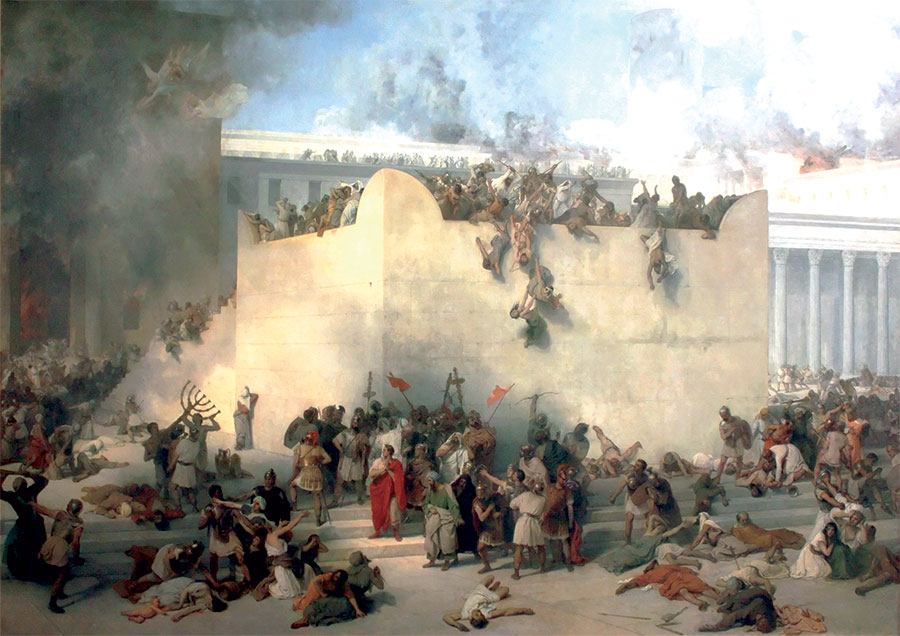
Paula Fredriksen has been at the forefront of the study of early Christianity since the late 1980s. Her books on Jesus, Paul, and even Augustine are all attempts to situate these figures in their relevant Jewish contexts. When Christians Were Jews is a crisp, accessible synthesis of her views on the Jewishness of Christian origins, not only during the lifetime of Jesus but throughout the early history of the community that, in retrospect, is called the church. When, in Fredriksen’s estimation, were “Christians” still “Jews”? She focuses on the four decades between Jesus of Nazareth’s execution, sometime in the early 30s C.E., and the production of the canonical gospels in the wake of the destruction of Jerusalem.
To show this, Fredriksen peels back the layers of retrojection found in the book of Acts—the second act of the author of Luke. She compares this reconstructed version of the history of these Jesus followers with Paul’s letters, along with some choice readings of texts from the Dead Sea Scrolls. She begins with the Jesus movement’s migration from the Galilee to Jerusalem and reconstructs the story of a group that is at first devastated by the apparent failure of their eschatological hopes but then reenergized by their collective experience of the risen Jesus. This only confirms their belief that the world was indeed about to end—now. Or at least momentarily, after their leader returned.
When this immediate arrival also failed to materialize, the community adapted. They changed their expectations from “now” to “soon” and, through midrashic readings, transformed their crucified Jesus into the messiah, son of David. As the movement expanded beyond Judea, flourishing in the synagogues of Syria and Asia Minor, it encountered ethnic Judeans along with “god-fearing” Gentiles, who had long been a part of Jewish life in the Roman east and were open to their message.
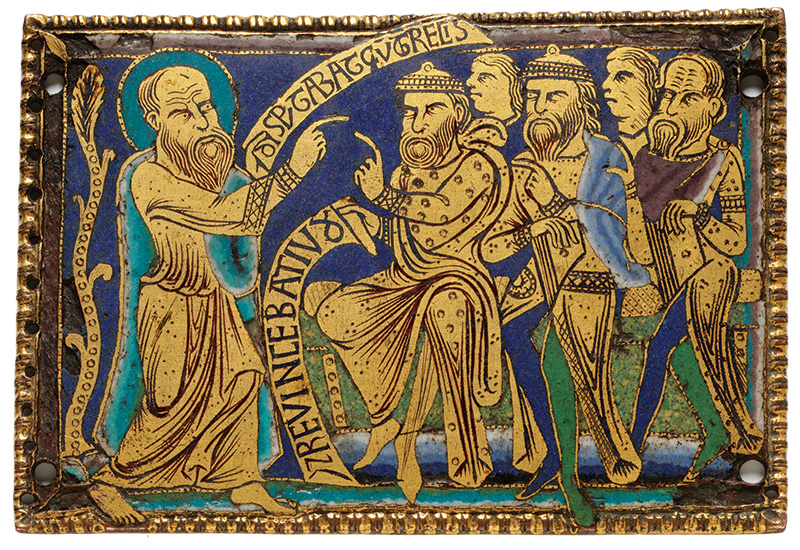
It is at this earliest stage of Christian history that Fredriksen is most radically revisionist, for her reconstruction of the Jesus movement is primarily based on an unconventional reading of the gospels. Among the four canonical gospels, the so-called synoptic gospels of Mark, Matthew, and Luke are interconnected. Fredriksen follows the scholarly consensus that posits that both Luke and Matthew relied on Mark for the basic structure and content of their own presentations of Jesus’s life, mission, and death, adding to it from time to time from other traditions of what their teacher had said. On the other hand, the gospel of John is strikingly different. Gone are the exorcisms and parables from the synoptics, and in their place are found long discourses and meetings with characters unknown in the first three gospels, such as Nicodemus and the Samaritan woman. Fredriksen writes:
The Jesus of the synoptic tradition is a charismatic healer, a holy man, and an exorcist. . . . As a character in the gospel story, by comparison, the Jesus of the fourth gospel is an eerie loner, a stranger for heaven. Supremely and serenely in charge of his own circumstances, he moves untroubled through an atmosphere charged with hostility.
The scholarly consensus has long been to rely on the synoptics for the “historical Jesus.” Fredriksen dissents by distinguishing between the historical Jesus’s character and his itinerary. According to Mark, Matthew, and Luke, Jesus’s public activity was limited to a Galilean “ministry”; he appears only once in Jerusalem, at the very end of his life. As Fredriksen points out, historically, this is absurd. Why would the arrival of a charismatic Galilean preacher and his small group of disciples in Jerusalem for Passover among millions of other pilgrims be met with any resistance, Roman or Judean? And more importantly, why would this Galilean group have later settled in the very city that had so violently rejected their teacher? To solve this puzzle, Fredriksen turns to John’s itinerary, in which the group is shown making several visits to Jerusalem, including one particularly important one, during which Jesus “symbolically enacted the current Temple’s coming apocalyptic destruction.”
Though the gospel writers later present Jesus’s famous overturning of the moneychangers’ tables as a radical rejection of the Temple, Fredriksen shows that criticizing Temple practices and predicting the end of the world were entirely compatible with a continued focus on the Temple and an ongoing commitment to Jewish law. Jesus’s preaching of a nonviolent embrace of the end of the world was totally normal in 1st-century Judean terms. Drawing on passages from the Essene library of the Dead Sea Scrolls, Fredriksen shows that criticism of how the Temple was run implies no rejection of the institution as such. As she writes:
Overturned tables . . . simply and visually reinforced Jesus’ prophetic message. . . .
At or as the End of the Age, God would demolish . . . Herod’s Temple, in order to replace it with the final, glorious eschatological Temple of the Kingdom, one “not made by the hand of man.”
This reconciles the repeated positive statements about the Temple in Paul and the gospels with the repeated predictions of the Temple’s impending destruction (“Destroy this house,” John’s Jesus demands, “and in three days I will raise it up”). It also answers the question of why members of the early church remained in Jerusalem and, according to Acts, continued to sacrifice and worship at the Temple after the death of their leader.
When its Jewish leader died on the Roman cross, the Jesus movement faced a crisis. If their leader was dead, his prophecy of the end of the world must not have been true. Unlike a slew of other messianic movements in this period (including the figure Fredriksen calls “John the Baptizer”) that did not outlast the life of their leader, the Jesus movement found an explanation for why Jesus’s death did not invalidate his prophecy: His death was temporary.
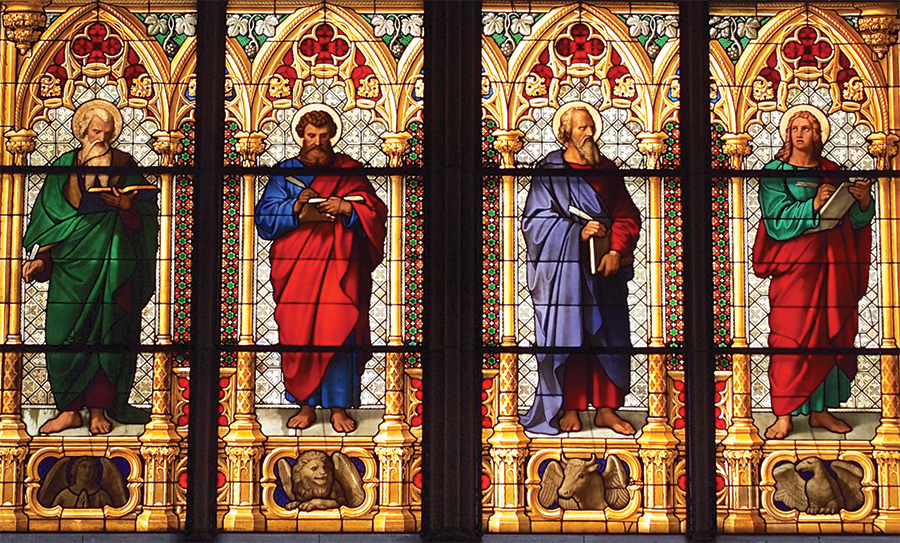
Cathedral, Germany. (Courtesy of Dave Dwyer, Busted Halo.)
The four gospel accounts and Paul provide contradictory retellings of Jesus’s appearances after his resurrection. Fredriksen makes two claims here: The first is that the group indeed experienced something; the second is that the notion of resurrection as such was an ingenious mode of processing their leader’s death, as it allowed for the continuation of the movement. Resurrection, as Jon Levenson has famously shown, is a core biblical notion, which was understood by the 1st century as one of the harbingers of the end times. Jesus was dead, but not gone. His imminent second coming would usher in the fulfillment of his eschatological prophecy—now.
Yet their hopes were dashed once again. As the years dragged on and history progressed as usual, the movement needed yet another adaptation of Jewish ideology to explain their situation. They settled on messianism, which was not part of Jesus’s original teaching. “None of the gospels,” Fredriksen points out, “depicts Jesus as forthrightly teaching that he is the Messiah. . . . Had Jesus of Nazareth actually and forthrightly claimed the role for himself—a teaching that the later gospel writers would have happily used, had it existed—the evangelical depictions would be more uniform.” And yet the gospel writers and Paul, each in his own way, make an argument that Jesus is the messiah.
Thus, it was
only in the second generation of the movement that Jesus became Christ. “[F]rom
this time onward,” she writes, “scripture increasingly provided a matrix of
meanings available to those who sought to make sense of their new
circumstances.” Learned men who knew Jewish techniques of reading into and out
of scripture developed the messianic ideology that was then retrojected onto
the past through the creation of
the gospels.
Fredriksen has another novel claim. Most scholars see a dichotomy between Paul’s letters on the one hand and Matthew’s gospel on the other. The former are usually understood as products of a thoroughly Gentile church, whereas the latter seems to speak to a decidedly Jewish, albeit Jesus-worshipping, group. Minimally, scholars have tended to see these two as separate streams of early Christianity and maximally as overtly antagonistic toward one another. But Fredriksen argues that there was no daylight between Paul and the early Jerusalem church. It was just the difference between those who lived in the diaspora and those who lived in Judea—all these early Christians regarded themselves as Jews.
Jews, especially those outside of Judea, had long had to negotiate their status as members of the broader Roman world while standing apart from it. They accommodated the public life of the Roman city, with its polytheism, refraining only from active participation in cultic practices. Likewise, many Romans who were not ethnic Judeans were attracted to Jewish practices. Synagogues in Syria, Asia Minor, and elsewhere already had a class of adherents who worshipped the God of Israel without having been circumcised or obligated to observe the Sabbath. Paul’s insistence that these Gentiles need not undergo circumcision or follow the law was neither a rejection of the law for ethnic Judeans nor a radical shift in the audience of the Christian message.
As with other competing forms of 1st-century Judaism, the Temple’s destruction in 70 C.E. changed everything for early Christianity. The Jerusalem church, comprised of many of Jesus’s earliest followers, went up in the same smoke as the Temple. In the ensuing centuries, the vast majority of Christians were Gentiles who imposed an anti-Jewish agenda on the events and texts of their past. Fredriksen peels away these later theological layers to present an early Christian community that was decidedly Jewish. If anything is missing in her excellent book, it is a more robust engagement with rabbinic texts. Though redacted and published (orally) later than the Greek and Qumran texts she uses, the Mishnah and Tosefta contain 1st– and 2nd-century material that buttresses her claims about what 1st-century Judaism looked like and how early Christians fit in. But those are Jewish texts, and this is really a book about Christianones. The ways did part eventually.
Suggested Reading
Forget Remembering
Rutu Modan’s graphic novel The Property explores the uneasy coexistence of love and death.
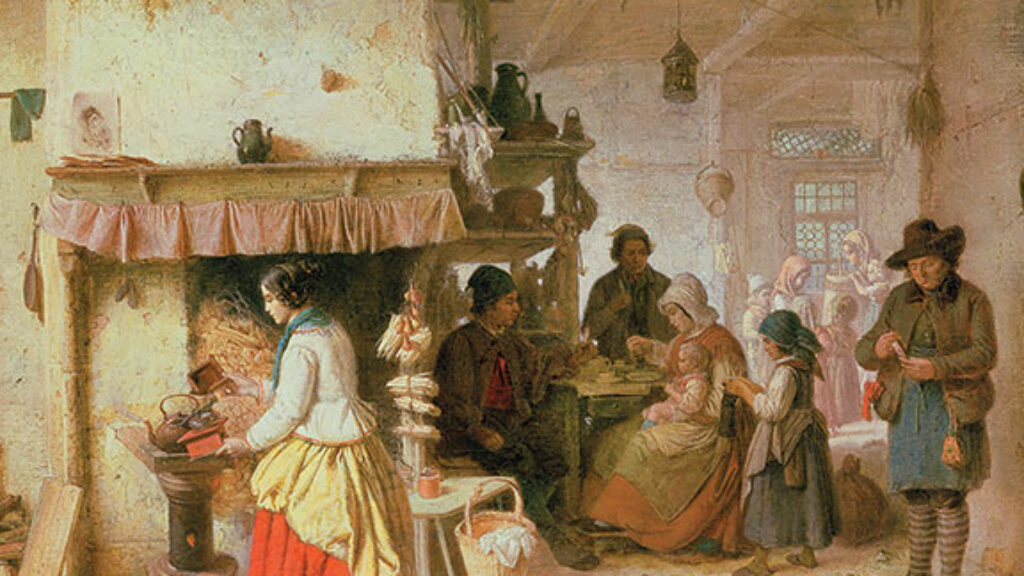
A Tale of Two Night Vigils
The tradition to stay up all night studying on Shavuot is far more well-known than the tradition to do so on Hoshana Rabbah. Neither would have been possible without Kabbalah and caffeine.
Exogamy Explored
Naomi Shaefer Riley brings new data and her own personal experience to the issue of intermarriage.
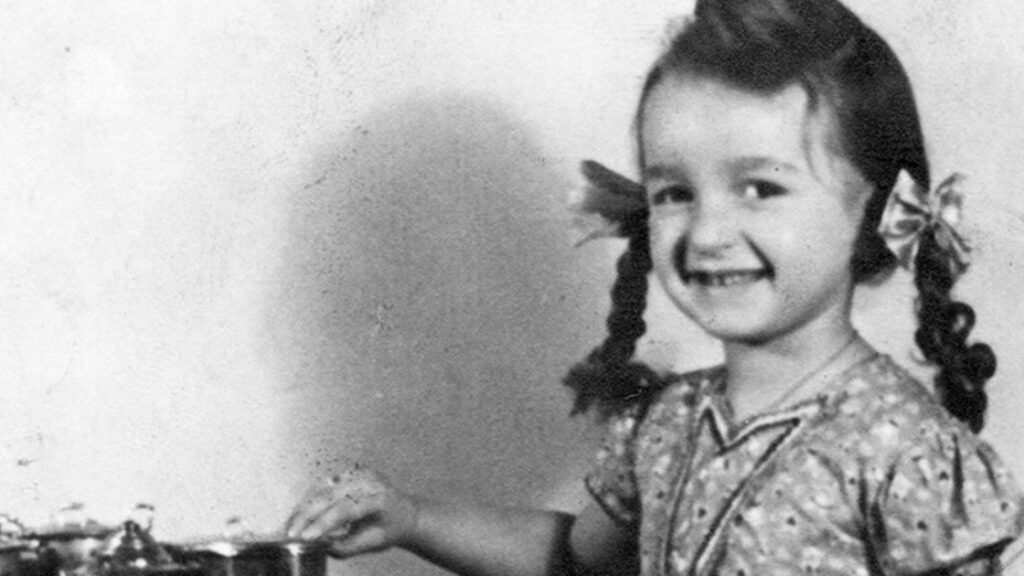
Her Own Creation and Pure Luck
The fraught project of becoming an American pulses through Susan Rubin Suleiman’s memoir, along with the similarly fraught project of becoming an adult.
Comments
You must log in to comment Log In